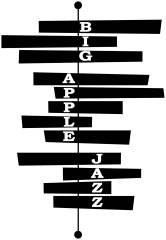New York City, NY
Oct 9th, 2025
Louis Armstrong’s Legacy: Songs, Stories, and the City That Shaped Him
Louis Armstrong’s Legacy: Songs, Stories, and the City That Shaped Him
When we talk about jazz and Louis Daniel Armstrong, we talk about the very roots of American music. His warm voice, dazzling trumpet, and larger-than-life smile made him not only a star but also a symbol of creativity and joy.
Born in New Orleans and embraced by New York, Louis Armstrong’s journey reshaped music, culture, and performance forever.
Today, his home in Queens stands as a living museum: a quiet reminder of the man who made the world swing.
So, how did Louis Armstrong revolutionize jazz?
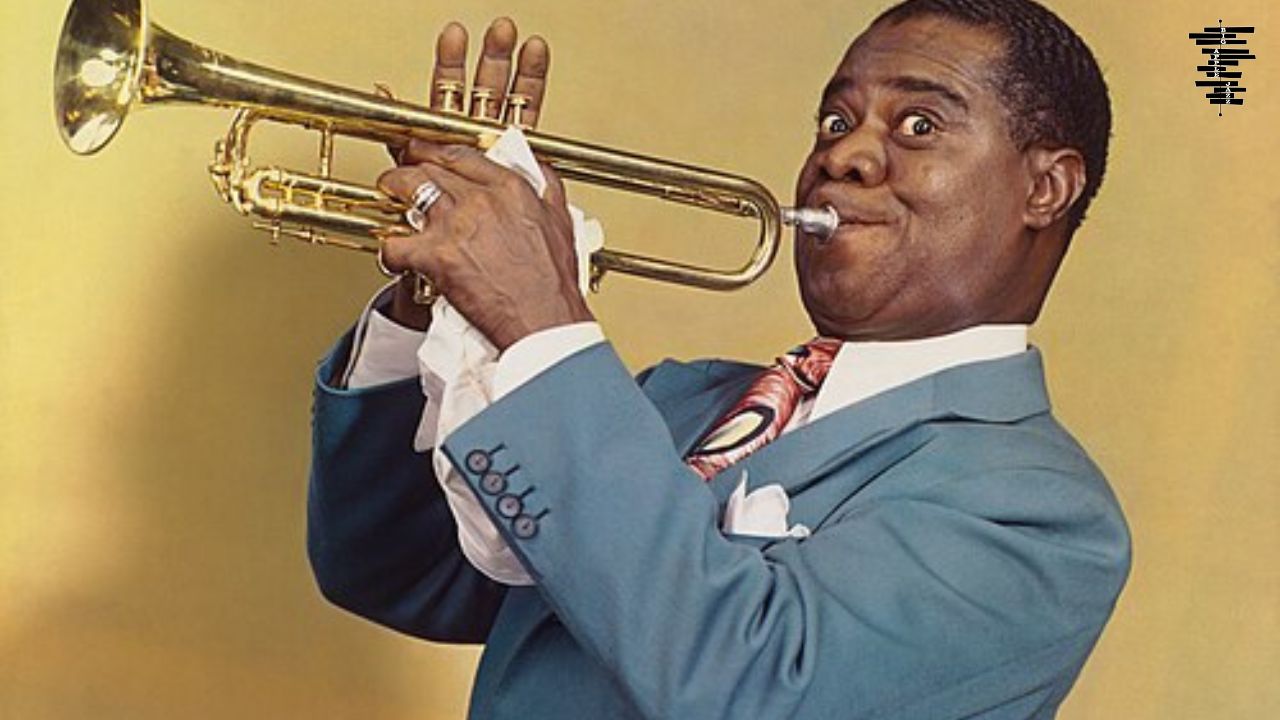
Louis Armstrong, 1947
How Did Louis Armstrong Revolutionize Jazz?
Before Louis Armstrong, jazz was mostly an ensemble art. Musicians played together, blending sound and rhythm as one. Armstrong, lovingly called “Satchmo,” changed everything. He introduced solo improvisation, a new style where the spotlight moved to individual expression.
His trumpet spoke with power and emotion. Every note carried personality and purpose. Through Armstrong, jazz became not just background music but a voice for feeling. His recordings of “West End Blues,” “Potato Head Blues,” and “What a Wonderful World” showed the world how jazz by Louis Armstrong could touch hearts and lift spirits.
He transformed the way people saw musicians. Jazz was no longer confined to smoky clubs: it became art, performance, and storytelling.
Louis Armstrong’s Queens Home: A Museum of Memories
Hidden in a quiet neighborhood of Corona, Queens, stands the Louis Armstrong House Museum, once his personal home. Armstrong and his wife, Lucille, moved there in 1943 and lived in the modest brick house for nearly three decades.
Unlike many stars of his time, Armstrong didn’t chase luxury. His home was humble, comfortable, and filled with love. Visitors today can still see his original furniture, his gold-plated trumpet, and thousands of reel tapes he recorded himself.
Walking through the rooms feels like walking beside him. His laughter echoes in old recordings, his diary notes reveal thoughts between tours, and his kitchen tells the story of a man who loved cooking as much as performing.
This museum isn’t just a collection of items, it’s a glimpse into the private world of one of jazz’s greatest heroes. Anyone who loves jazz by Louis Armstrong must see this place in person. While visiting, take a private jazz tour to experience something beyond history.
The Hot Chocolates of 1929: When Broadway Discovered Jazz
New York in the late 1920s was alive with rhythm, style, and ambition. The Harlem Renaissance was in full swing, and Broadway stages were beginning to embrace jazz culture. That’s when Louis Armstrong made his Broadway debut in Hot Chocolates (1929), a musical revue written by Andy Razaf and Fats Waller.
Armstrong wasn’t the star at first. He played in the pit orchestra, but his sound was so irresistible that producers brought him to the stage. There, under bright lights, he performed “Ain’t Misbehavin’” and stopped the show with standing ovations night after night.
That moment changed both jazz and theater. It was the first time Broadway audiences truly experienced jazz and Louis Armstrong together. His charisma and sound opened the door for Black musicians to shine on major stages, blending the pulse of Harlem with the glamour of Midtown.
Hot Chocolates wasn’t just a hit, it was a turning point. It showed that jazz could belong anywhere, from a neighborhood dance hall to the heart of American entertainment.
Mezz Mezzrow: The Unlikely Partner in Jazz and Life
Behind every legend, there’s a cast of characters who shape the story. For Louis Armstrong, one of the most unusual was Mezz Mezzrow, a white clarinetist, self-proclaimed “voluntary Negro,” and lifelong admirer of Armstrong.
Mezzrow was more than a musician; he became Armstrong’s manager, confidant, and supplier. Known for dealing marijuana during the Harlem jazz era, he famously provided Armstrong with what he called “the finest herbal inspiration.” Their bond went beyond business, as it was built on mutual respect and deep musical understanding.
Mezzrow helped Armstrong navigate recording deals and racial barriers. Though unconventional, their friendship symbolized how jazz connected people beyond color and class. In a segregated America, they lived by jazz’s true spirit: freedom, collaboration, and shared rhythm.
New York City: The Stage That Made Him Shine
Armstrong’s rise in New York was nothing short of electric. From Harlem’s Cotton Club to Broadway’s theaters, he redefined what it meant to be a performer. The city gave him opportunity, and he gave it soul.
His trumpet rang through nightclubs, dance halls, and radio waves. He wasn’t just a musician; he was a storyteller who turned every performance into a celebration. New York became the canvas for his creativity, where jazz and Armstrong grew together into a movement that swept the world.
He performed with Fletcher Henderson’s orchestra, recorded groundbreaking tracks, and influenced countless musicians who followed. Every corner of the city, from Times Square to Queens, carries his imprint.
The Voice That Changed the Sound of Music
Beyond his trumpet, Armstrong’s voice was his greatest gift. Raspy yet full of warmth, it broke traditional singing rules. His phrasing, timing, and playful scatting redefined how songs could sound.
Before Armstrong, singers followed the melody strictly. He treated lyrics like instruments, stretching words, bending tone, and playing with rhythm. That innovation shaped modern pop, soul, and blues: proof of how Louis Armstrong revolutionized jazz beyond the horn.
Even today, his voice in “What a Wonderful World” reminds us that music’s beauty lies in honesty, not perfection.
A Lasting Legacy in Every Note
Louis Armstrong didn’t just change jazz, he humanized it. He showed that every note could tell a story, and every performance could build connection. His influence spread across generations, inspiring artists from Miles Davis to Ella Fitzgerald.
At his core, Armstrong believed music was meant to bring joy. His laughter, often caught on tape, carried as much rhythm as his trumpet. That joy is still felt when we visit his home in Queens, listen to his recordings, or walk the streets he once filled with song.
Through his life, we see how Louis Armstrong revolutionized jazz by turning music into emotion and performance into legacy.
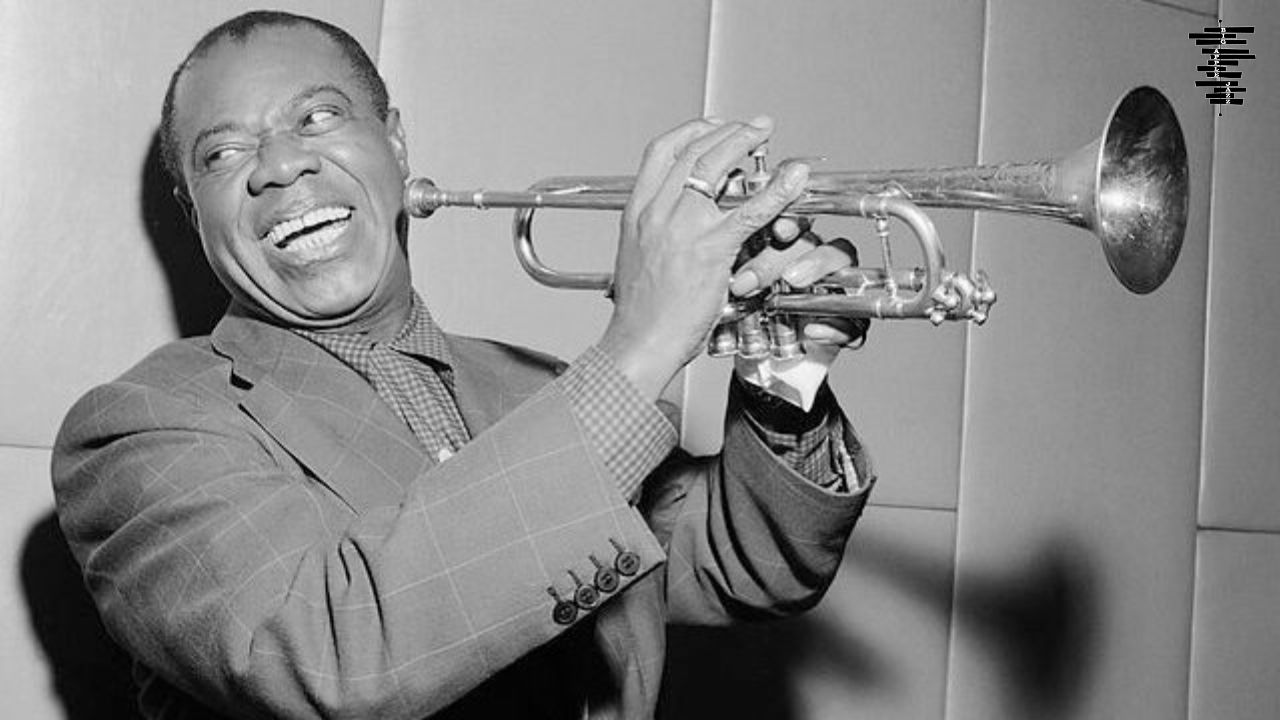
Visiting Louis Armstrong’s New York Today
For anyone tracing the story of jazz and Louis Armstrong, New York is the perfect starting point. Begin in Harlem, where he played his early gigs. Walk through Broadway’s theaters, where his stage charm changed history. End at the Louis Armstrong House Museum, where his life story waits behind every door.
Guided tours reveal personal recordings, letters, and memorabilia that make his history come alive. Each artifact tells us not just who Armstrong was, but what jazz truly means: resilience, creativity, and hope.
It’s a journey that reminds us how one man’s sound shaped a city and inspired the world.
Final Thoughts
Louis Armstrong remains more than a jazz legend: he’s the heartbeat of American music. His story begins in New Orleans, but it finds its rhythm in New York. Here, in the city that embraced him, his laughter still echoes through jazz clubs and quiet streets alike.
From Hot Chocolates to his home museum in Queens, Armstrong’s journey reflects a life devoted to art, humanity, and sound. He showed the world that joy could be played, sung, and lived, marking his true legacy in jazz.
While most clubs that he played at no longer exist, you can still experience top jazz spots in NYC today through jazz tours offered by Big Apple Jazz. The reliable tour operator has been around for over 25 years, and with top tour guides, it offers the best jazz experiences in New York City.
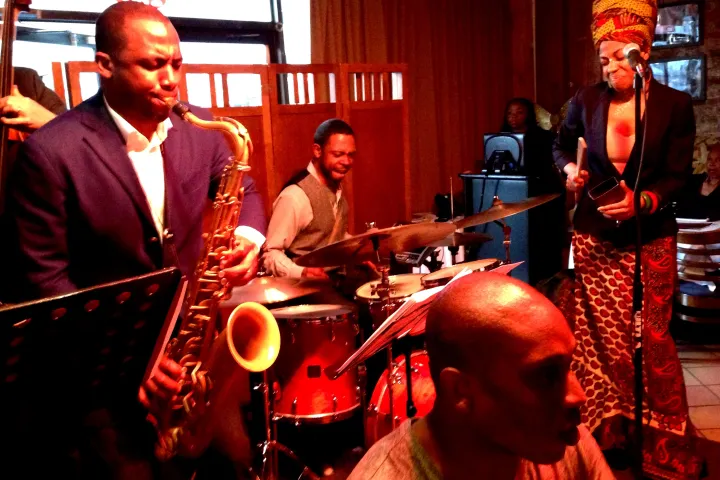
Harlem Juke Joint Tour
Your Harlem jazz tour guide customizes the best itinerary for each given night, based on the most talented players in Harlem’s most exciting jazz clubs.
185 Reviews

Harlem Juke Joint Tour
Your Harlem jazz tour guide customizes the best itinerary for each given night, based on the most talented players in Harlem’s most exciting jazz clubs.
185 Reviews
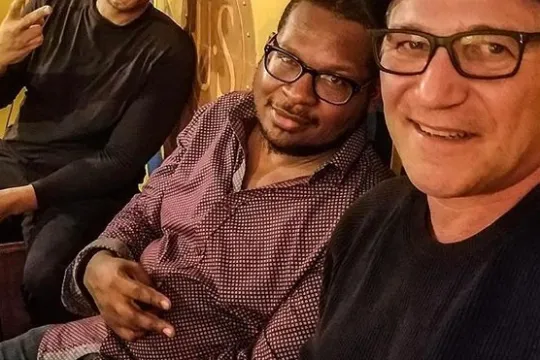
Private Tour
We’ll design your private jazz tour based on your tastes and our extensive knowledge of musicians, clubs and speakeasies throughout the city. We know what is happening nightly on and off-the-beaten-path.
185 Reviews

Private Tour
We’ll design your private jazz tour based on your tastes and our extensive knowledge of musicians, clubs and speakeasies throughout the city. We know what is happening nightly on and off-the-beaten-path.
185 Reviews
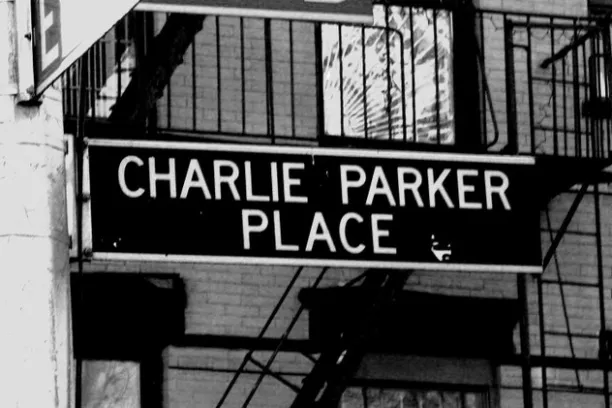
Greenwich Village Jazz Crawl
Intimate Greenwich Village Jazz Tour to discover and explore two hidden jazz haunts and the sites where Billie Holiday, Charlie Parker, and Bob Dylan made history.
185 Reviews

Greenwich Village Jazz Crawl
Intimate Greenwich Village Jazz Tour to discover and explore two hidden jazz haunts and the sites where Billie Holiday, Charlie Parker, and Bob Dylan made history.
185 Reviews
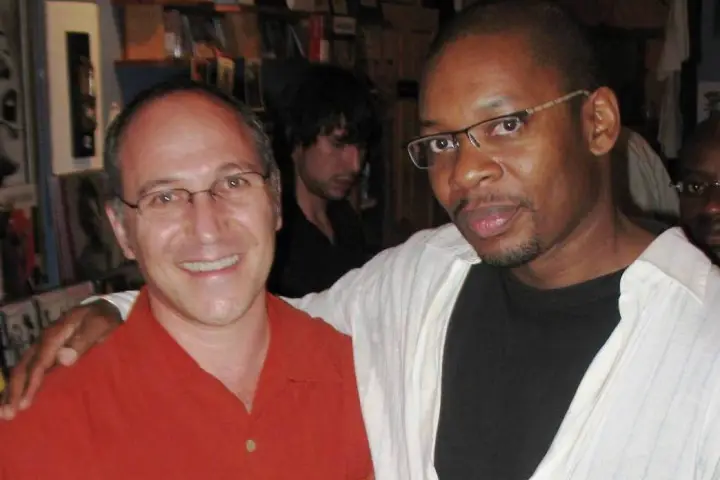
Legends of Jazz Tour
This is our premium tour! It features jazz’s international superstars, and also rising stars who deserve wider recognition.
185 Reviews

Legends of Jazz Tour
This is our premium tour! It features jazz’s international superstars, and also rising stars who deserve wider recognition.
185 Reviews

Gordon Polatnick
Gordon is the founder of Big Apple Jazz Tours. What started as a personal challenge to discover and document all of New York’s hundreds of jazz joints and to establish Harlem’s first jazz day club, has now blossomed…

Amanda Humes
There’s no one in New York City like Amanda! Equal parts sass, smarts, and customer service – Amanda is the Harlem resident, Columbia University graduate, and…
